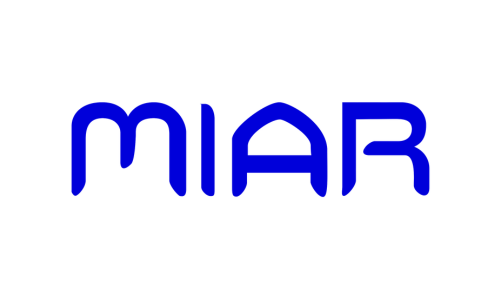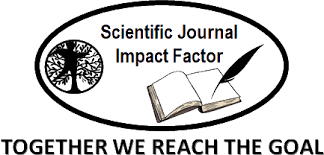ADAPTATION AS A SOLID PRODUCTIVE TECHNIQUE IN TRANSLATION OF COMPLEX LITERARY TEXTS
DOI:
https://doi.org/10.58885/ijllis.v12i8.19faAbstract
Adaptation as one of the most efficient techniques in translation seen from a general perspective has alwaysbeen a challenge to encounter with almost all those who practice this complex intellectual activity. In this regard, this paper aims to identify some crucial steeps to be undertaken during the translation process, all in order to see what is the scale this technique reaches, and which are the text transfer difficulties from SL to TT, impacting the overall message transfer from L1 to L2. The source samplings are translation products from 20 students at the English Language Department, at our home institution. The samplings are divided into two groups of ten translations each, which have been put under both qualitative and quantitative analysis, aiming to reveal factors, reasons and level of language mastery, as a crucial factor and cause, which impacts and puts under condition the overall adaptation scale to be used in the process. Text Quantum Transfer Interactions Typology (TQTIT), based primarily on using adaptation as a technique, will be revealed and defined. This analytical approach will result with quantitative percentage referring to adaptation, expressed in an explicit way. It will show a sharp cleavage between ST and TT consistency balance in terms of adaptation functionality, of the overall transferred message from one to the other language. This will be the final answer to the priory set hypothesis concerning translation based upon adaptation as a technique. And finally the answer will define and qualify the product as an “ad verbum”, rather than as an “adsensum” translation product.
Keywords: Translation, adaptation, scale, factors, reasons.
References
Newmark, P. (1995). A Textbook of Translation. New York: Phoenix ELT, New York.
Nida, E. and Taber, C. (1982). The Theory and Practice of Translation. New York.
Brill, Leiden. Richards, J. Platt, J. and Platt, H. (1992) Longman Dictionary of Language Teaching and Applied Linguistics. Edinburgh: Longman.
Baker, M. (1992). In Other Words: A course book on Translation. London: Routledge.
Baker, M., & Saldanha, G. (eds). (2009). Encyclopedia of Translation Studies.London: Routledge.
Bastin, G. (2014). Adaptation, the Paramount Communication Strategy. Linguaculture, (1).
Chesterman, A., & Wagner, E. (2002). Can theory help translators? A dialogue between the ivory tower and the wordface. Manchester: St. Jerome Publishing, 2002.
Gambier, Y., & Gottlieb, H. (2001). (Multi)media Translation: Concepts, Practices and Research. Amsterdam and Philadelphia: John Benjamins.
House, J. (2015). Translation Quality Assessment: Past and Present. London: Routledge.
Mdallel, S. (2003). Translating Children’s Literature in the Arab World. The State of the Art, Meta: Translators' Journal, 48, (1-2): 298-306.
Munday, J. (2016). Introducing Translation Studies. (5th Ed.). Milton Park; New York: Routledge.
Downloads
Published
How to Cite
Issue
Section
License
Declaration/Copyright transfer:
1. In consideration of the undertaking set out in paragraph 2, and upon acceptance by ANGLISTICUM for publication of the manuscript in the Journal, I/We hereby assign and transfer publication rights to ANGLISTICUM, whereas I/We retain the copyright for the manuscript. This assignment provides ANGLISTICUM the sole right and responsibility to publish the manuscript in its printed and online version, and/or in other media formats.
2. In consideration of this assignment, ANGLISTICUM hereby undertakes to prepare and publish the manuscript in the Journal, subject only to its right to refuse publication if there is a breach of the Author’s warranty in paragraph 4 or if there are other reasonable grounds.
3. Editors and the editorial board of ANGLISTICUM are empowered to make such editorial changes as may be necessary to make the Manuscript suitable for publication.
4. I/We hereby acknowledge that: (a) The manuscript submitted is an original work and that I/We participated in the work substantively and thus I/We hereby are prepared to take public responsibility for the work; (b) I/We hereby have seen and approved the manuscript as submitted and that the manuscript has not either been published, submitted or considered for publication elsewhere; (c) The text, illustration, and any other materials included in the manuscript do not infringe upon any existing copyright or other rights of anyone.
5. I/We hereby indemnify ANGLISTICUM and the respective Editors of the Journal as mentioned in paragraph 3, and hold them harmless from any loss, expense or damage occasioned by a claim or suit by a third party for copyright infringement, or any suit arising out of any breach of the foregoing warranties as a result of publication of the manuscript.













